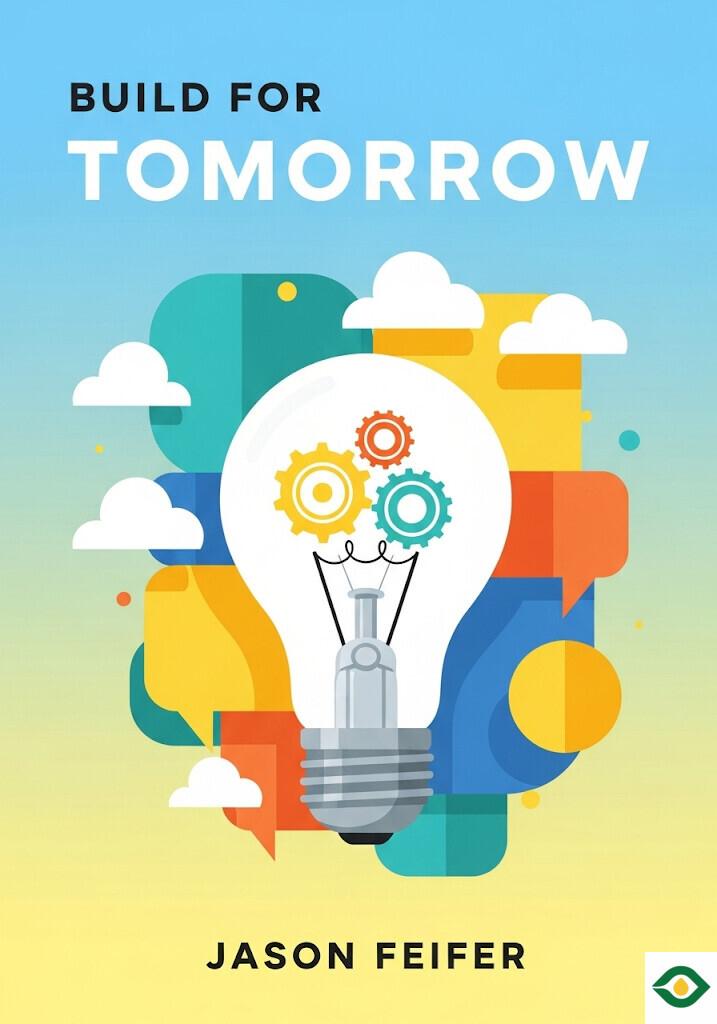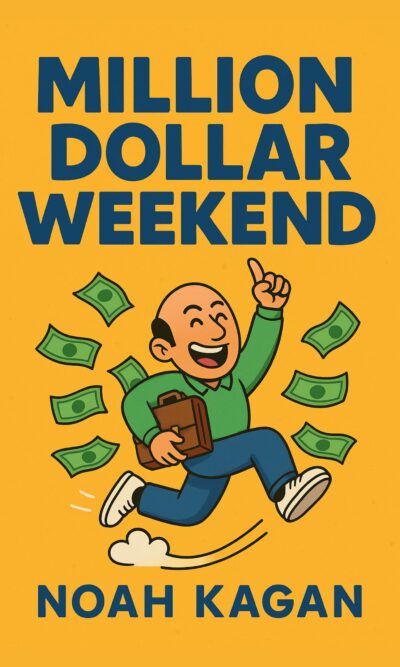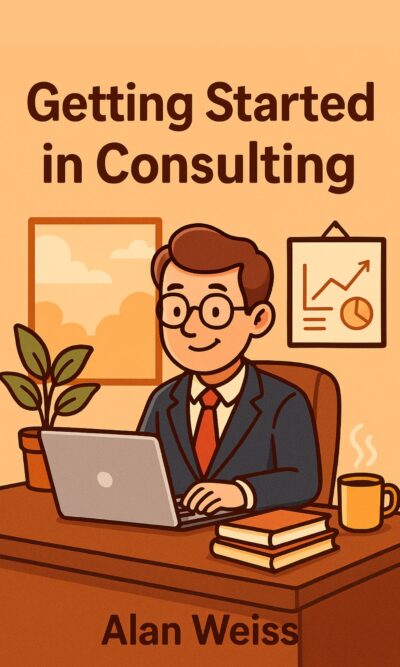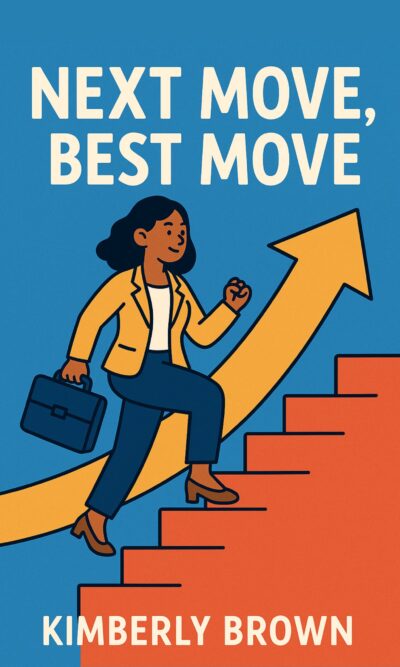Description
Change is one of the only constants in life. It arrives suddenly, often uninvited, and can feel overwhelming. Whether it is a global crisis, a career shift, or a personal upheaval, change unsettles our comfort zones. Many people instinctively wish they could rewind and return to what they once knew. Yet the truth is that progress comes only when we learn to navigate change, not when we resist it.
When change strikes, the first response for most people is panic. We cling to the things we’re afraid of losing. History offers countless examples of this. One story is about John Philip Sousa, a celebrated musician who feared that new inventions like the phonograph and radio would ruin his career. He imagined audiences disappearing, concerts dying out, and his influence fading away. In truth, these technologies ended up expanding music’s reach and giving artists entirely new opportunities. Sousa eventually realized he could benefit from them too, but only after wasting time in fear.
That first phase—panic—comes from focusing only on loss. Moving cities feels like losing friends. Changing jobs feels like losing identity. Living through a pandemic feels like losing human connection. We don’t just fear the first loss; we imagine a chain reaction that wipes away everything we value. This exaggeration makes panic worse.
The way forward begins with a shift in perspective. Instead of obsessing over what we may lose, we need to look for what we might gain. Every change carries seeds of opportunity, even if they’re not obvious at first. Recorded music not only preserved artists’ work but also allowed it to travel worldwide. Radio created new industries, jobs, and audiences. Focusing on the potential gains does not magically erase fear, but it helps us step out of paralysis and prepare for what’s next.
The second phase of handling change is adaptation. Adaptation is not about clinging to what was lost. It’s about remembering your deeper purpose—your “why”—and adjusting the “what.” A company that thought its mission was simply selling one product may feel disoriented when that product becomes irrelevant. But if its true mission is broader, like spreading joy or solving problems, then it can adapt its offerings while staying true to its core.
One example is a bakery company that had to pivot during the pandemic. Their original plan was to launch packaged treats, but the crisis pushed people to buy baking mixes instead. Rather than collapse, the company reconnected with its purpose—bringing joy through food. By shifting their “what” while holding onto their “why,” they adapted smoothly.
This lesson applies to individuals too. You might lose a job title, but your deeper mission—to tell stories, to help people, to build things—can remain. By identifying what does not change within you, you protect your identity from being shaken every time circumstances shift.
Adaptation also works best when it’s proactive. Waiting until you’re forced to change puts you at a disadvantage. Sometimes the boldest move is to make the change yourself before external events corner you. One entrepreneur in the beer industry recognized this early. His best-selling drink was dominating sales, but he feared his company would be trapped as a “one-product brand.” Instead of riding the wave until it crashed, he deliberately limited sales of his most popular item and promoted his other creations. Customers were upset at first, but in time his company became known for innovation rather than just one drink. By initiating change, he secured long-term resilience.
Once panic has been overcome and adaptation is underway, you enter what feels like the third phase: the New Normal. But even here, challenges remain. People often struggle to fully embrace new realities because nostalgia lingers. Our brains naturally look backward, even when the present is filled with opportunity.
To bridge this gap, it helps to carry a familiar element of the past into the present. Psychologists call this creating a “bridge of familiarity.” Consider the invention of automatic elevators. Although they were more efficient than human-operated ones, people were afraid to ride them. Manufacturers solved this by adding a friendly voice that announced “going up” or “going down.” That simple touch made people feel safe. The technology didn’t change, but familiarity made it easier to accept.
In our own lives, finding a bridge of familiarity might mean bringing a comforting habit, routine, or symbol from the past into new experiences. This reduces fear and allows us to walk confidently into the new environment.
The final phase is reaching the point of “Wouldn’t Go Back.” This is when you realize that, even if offered the chance, you wouldn’t trade the new life for the old one. But this state doesn’t happen automatically. Sometimes people remain stuck at “almost adjusted.” They’re 99 percent there, but one missing piece keeps them unsettled.
The difference lies in identifying that last piece—the “but really.” For example, Square, the company behind the mobile credit card reader, succeeded not just because of its device. Its real breakthrough was solving hidden obstacles like lowering transaction fees and building partnerships with banks. Competitors copied the gadget but ignored the deeper work, leaving them one step short.
In our personal changes, we must look for the “but really” too. Maybe you got promoted and feel overwhelmed. But really, the promotion is giving you access to new skills and networks that will serve you for life. Identifying that hidden benefit helps you cross the final gap and embrace your Wouldn’t Go Back moment.
The overall message is simple: change is unavoidable, but fear is optional. We can learn to respond differently. First, don’t panic over imagined losses. Second, focus on the potential gains. Third, define your deeper purpose so you can adapt. Fourth, be bold enough to change before you’re forced. Fifth, ease your transition with familiar anchors. Finally, search for the missing piece that turns a fragile New Normal into a confident Wouldn’t Go Back.
When you view life through this lens, change becomes less of a burden and more of an invitation. Each disruption, big or small, is a doorway to growth. Panic may be natural, but it doesn’t have to be permanent. Adaptation and courage can carry you forward into a tomorrow you’ll gladly embrace. And when you arrive there, you’ll look back at the past not with longing, but with gratitude that you moved through it.





